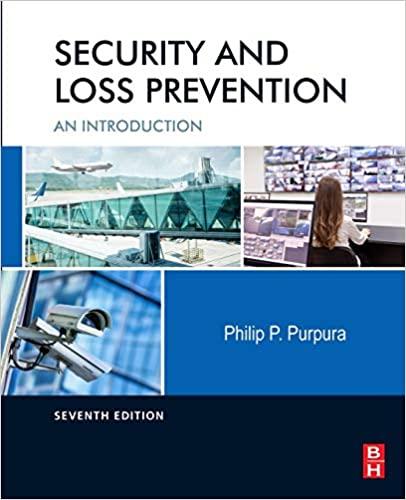Question
XYZ, Inc. presents the preliminary trail balance at 12/31/2014 and the related information set out below. Entries for the related information have not been recorded,
XYZ, Inc. presents the preliminary trail balance at 12/31/2014 and the related information set out below. Entries for the related information have not been recorded, but routine transactions for operation of the company during the year have been recorded,. Accordingly, you have an unadjusted trail balance at 12/31/2014. The trail balance for 12/31/13, also called the prior year trail balance, is a post-closing trail balance. The following information, for which no adjustment has been made, is available:
The unadjusted 2014 trail balance is in an excel file, together with the prior year trail balance.
On June 30, 2014, XYZ, Inc. sold plant equipment (asset D) for 192,000. The equipment was purchased January 1, 2011 for 240,000. XYZ, Inc. used the 150% declining balance method for this asset, over an estimated useful life of 7 years, with salvage value set at $29,000. Payment received included $24,000 cash and the buyers note for the balance. The note requires equal annual principal payments over 5 years from date, together with interest at *%. Additionally, depreciation expense for 2014 of $264,000, related to other depreciable assets of $2,643,000 is appropriate and has not been recorded.
XYZ, Inc.s book tax rates are 15% on the first $50,000 of income and 35% on the excess over $50,000.
Early in January, this year, an unusual event occurred when a big wind caused a boom to collapse, destroying $769,000 of outdoor rigging and electronic gear (asset E) that had just been installed. While this kind of accident has occurred before. It has not happened often. The boom was part of a new business venture the company began early last year. The destroyed boom can be sold for scraping the open market at 15% of cost. The equipment related to the outdoor rigging venture, bought early last year (depreciation: straight line, no salvage, 5 year life) can be sold on the used equipment market for book value. , management is disheartened, and is abandoning this component of the business. Had the venture continued, it would have had separate cash flows and operations. The company estimates that 50% of the overall SG&A for the January was directly related to the outdoor rigging and that the SG&A costs for the year are incurred at a smooth rate all year long.
The company invests in trading securities. Year-end market prices were:
| Security | Price per share | Share | Extension | Total |
| Security X | 8 | 4000 | 32,000 | |
| Security Y | 17 | 2000 | 34,000 | |
| Security Z | 40 | 1500 | 60,000 | 126,000 |
The company held 4000 shares of X, 2000 shares of Y and 1500 Shares of Z at 12/31/2014.
The company owns 1000 shares of HAL Corp., which are for sale as an investment. At the end of 2014, HAL was priced at $72 per share. XYZ, Inc. bought this investment in 2013 at $48 per share. At year-end 2013, HAL was trading at $44.
This is how it supposed to be done! Go ahead and enter your beginning numbers (use the 2013 trial; the 2012 trial is for use in making the cash flow worksheet only) and set up your trial balance, including the formulae in the adjusted ending balance column, totals at the bottom, etc. Then, after it is balanced (meaning you got the beginning numbers recorded correctly), post the links to the balance sheet and income statement. Dont worry with the other two financial statements yet. In the balance sheet and income statement, put in all the headings, totals, sub-totals, and so on, leaving space for earnings per share at the bottom, and not forgetting a couple of rows for the presentation of comprehensive income. Do this even though you may have to add or delete accounts as you go through the problems. Then post the links for all the line items from the trial balance. Do the same for the income statement. When the balance sheet and income statement are set up and balanced with nothing but the beginning numbers from the adjusted balances in the trial balance, you are ready to solve the first problem. Other than earnings per share, I am not sure it matters in what order you do the problems. After you are balanced and have posted one journal entry from the first problem, through the trial balance, check to see that you are still in balance
Step by Step Solution
There are 3 Steps involved in it
Step: 1

Get Instant Access to Expert-Tailored Solutions
See step-by-step solutions with expert insights and AI powered tools for academic success
Step: 2

Step: 3

Ace Your Homework with AI
Get the answers you need in no time with our AI-driven, step-by-step assistance
Get Started


